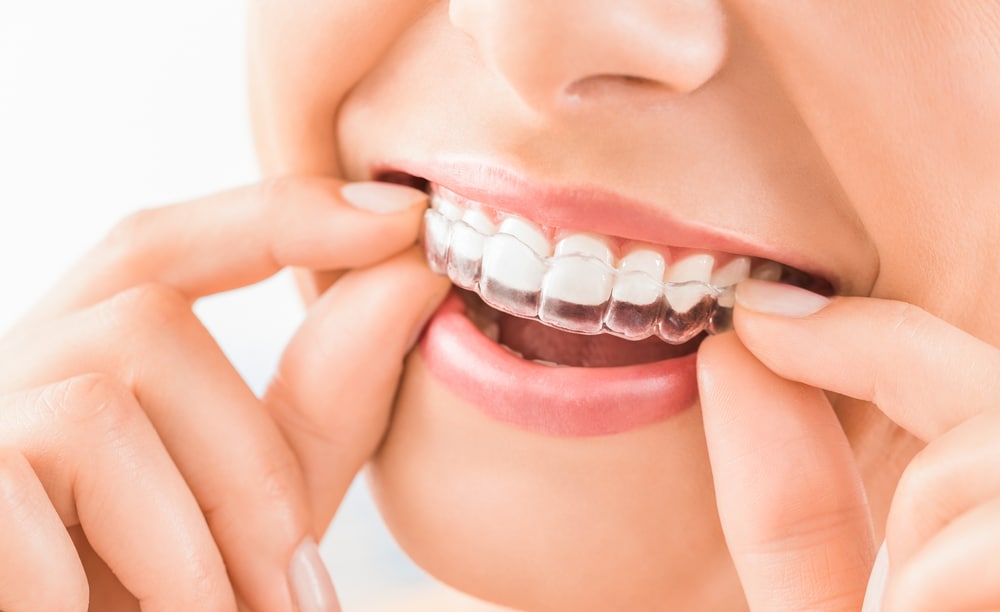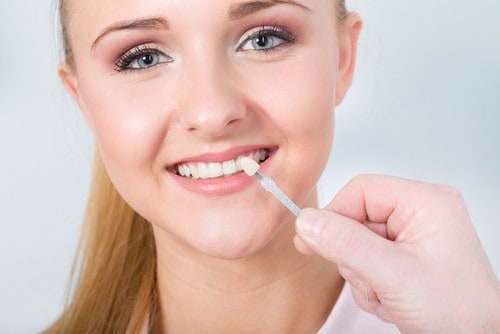Not everybody is lucky enough to have perfectly straight teeth.
When your upper teeth slightly overlap the lower teeth, it’s called an ideal bite. Malocclusion and orthodontic issues, however, are pretty standard. Malocclusion means having misaligned teeth or a bad bite, which may seriously harm your dental health if left untreated. And overbite is one of the many different kinds of malocclusion.
The good news is that overbite and other malocclusion issues can be corrected using Invisalign. Keep reading if you’re wondering how long it takes to fix an Invisalign overbite.
How do Overbites Occur?
An overbite occurs when your upper teeth protrude out, and the positioning of your lower jaw and teeth is too far back. It is usually genetic. Overbites happen when the upper teeth are 3 centimetres or more above the bottom teeth. A slight overlap is not a problem; the trouble arises when the gap exceeds three centimetres.
There are two significant overbite types: vertical overbite and horizontal overbite.
An overbite can also result if you have a smaller lower jaw than your upper jaw. In addition, a child’s early habits, such as thumb or tongue pushing, prolonged bottle feeding, and hereditary factors, might result in overbites. However, an overbite can affect both children and adults.
Potential Problems due to Overbites
Here are some of the problems a patient may experience due to overbite:
- Speech problems
- Cavities
- Gum disease
- Loss of tooth enamel
- Difficulty in chewing
- Headaches that may lead to migraines
Fixing Overbite with Invisalign
Invisalign is among the most popular brands of clear aligners. In this treatment, your dentist will provide you with multiple sets of clear aligners that you must wear for at least two weeks each for a specific period. The aligners are created by using X-ray images and impressions of your teeth.
Invisalign provides transparent, removable, and customisable aligners that are almost unnoticeable. Invisalign aligners are there to correct mild to moderate malocclusion like overbites.
Your teeth will gradually shift in small increments with the help of the Invisalign aligners to the desired position. At every step of your treatment, the dentist carefully customises the aligner to suit your teeth. Each aligner applies pressure to your teeth to move them into a new position.
The days when the only option for treating an overbite was metal braces and wires are long gone. Thanks to Invisalign, you have a discreet way of correcting your overbite.
How Long it Takes to Correct an Overbite with Invisalign?
Once your dentist determines that you’re the right candidate for Invisalign, the treatment can take anywhere between 6 months to 2 years to fix an overbite. If you want to speed up your treatment, make sure to follow the directions given by your dentist. Wear your Invisalign aligners for at least 21-22 hours a day.
The cost of Invisalign treatment in Australia starts from $1,800. However, the actual cost of the treatment depends on your unique needs and the severity of the malocclusion. The length of your Invisalign treatment will also affect the overall cost of the treatment.
Invisalign Treatment in Ashfield, NSW, Australia
Are you looking for the best dental office that offers Invisalign treatment to correct your overbite in Ashfield, NSW, Australia?
Then look no further! Ashfield Family Dental is the right dental office for you. We have a team of highly skilled dentists in Ashfield who offer both metal braces and Invisalign options to correct overbites and other types of malocclusions.
Call our super-friendly customer service today to learn more about our Invisalign overbite treatment, or schedule your appointment.




